I am a big fan of puzzles, any type and size. If I get one, I work on it for days. This year, my son gave me a 1000 piece puzzle (affiliate). The box didn't say anywhere on it what size the puzzle was, so I began to worry. Is this puzzle going to be too big for my table? How long will this take? I took a risk, and as we started putting the border together, it turned out to be huge. I mean, huge, taking up almost 4 feet by 2 feet of my table. As I laid out the pieces, I came to a realization. Organizing is a lot like putting together puzzles. Here are the similarities between doing puzzles and organizing spaces.
Jump to:
Similarities between doing puzzles and organizing spaces explained
Puzzle Project:
First, I felt intimidated. I looked at all the pieces in a pile on my table and asked myself, "Am I getting in over my head?" Then, I could do this; I just need some help. I took a deep breath and asked family members to help get me started. I had them help me turn over all the pieces and sort them into groups by type, such as color, shape, and borders. As they helped, my stress over this project began to subside, and I also felt that I wasn't alone in this project.
Organizing Project:
In an organizing project, you may feel anxious about organizing a large pile or mess. Getting help at this point in the project doesn't make you weak; it makes you strong. You realize what stress does to you and how it takes a toll on you, and you know how to relieve that stress. Have the helpers group like items so that you can then review the grouped piles on a smaller scale. This way, you feel more in control of the collection.
Puzzle Project:
Then, I went through each different type of color from the smaller groups and worked my way through the puzzle. Then, I began working on the puzzle. I first started with the border. I then worked on straight lines and similar color pieces with words or phrases on them. And then worked on the darkest, familiar-colored parts at the end. The last common color pieces task usually takes the longest; however, hopefully, the puzzle will be almost complete, so that it won't take too long. Breaking these group types down helped me see the light at the end of the puzzle tunnel. It was much more rewarding that way.
Organizing Project:
For an organizing project, going through each smaller group allows you to focus on a portion of the larger project. It helps you manage your time better since they are smaller piles and therefore, usually less time needed to get sections done. Also, this will help you see the end of the project after each section is completed. Start the project and complete each part within the allocated time for each session.
The more you complete each small task, the more you will feel excited to finish the entire project. If you do need help with a particular section of the project, ask for help again. I know I always ask for help when I get frustrated or overwhelmed with a project, everyone does. It is OK.

I hope this illustrates the similarities between doing puzzles and organizing spaces. The next time you have a puzzle, see if these steps also help you with that project. I know it helped me. Now it's your turn, do you agree with this analogy? Please leave a comment and share.
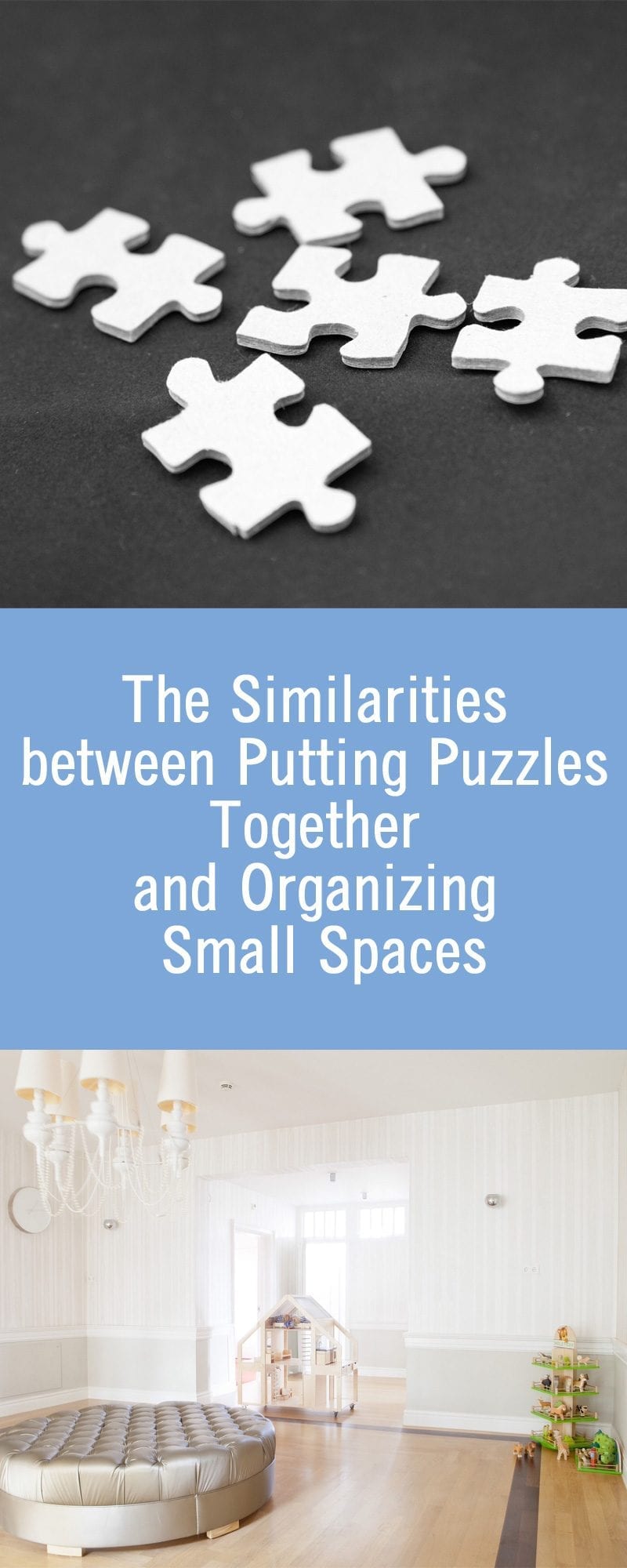
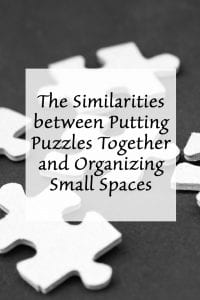

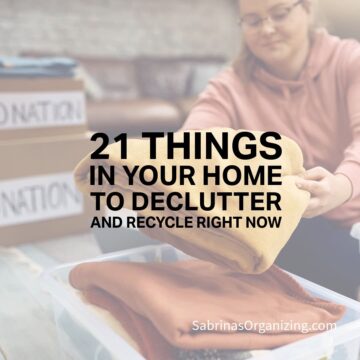
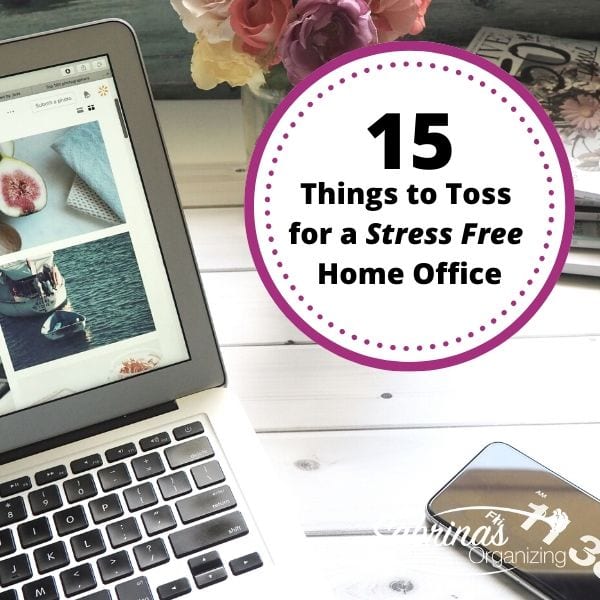
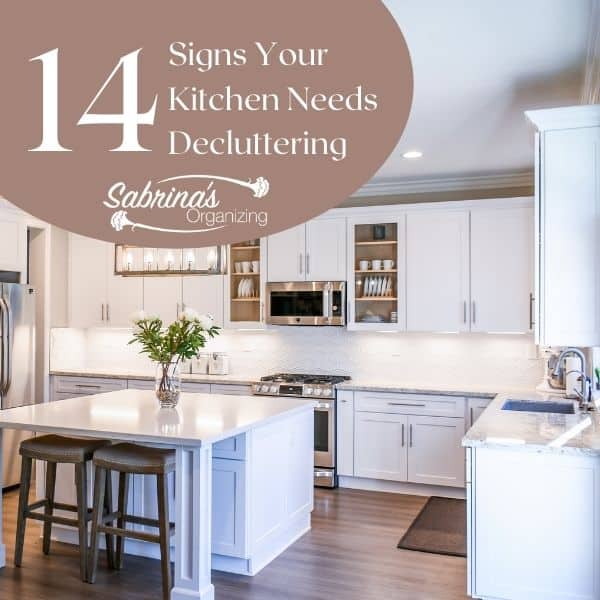
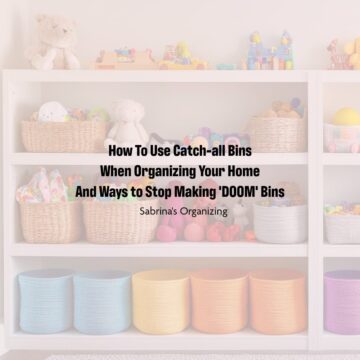
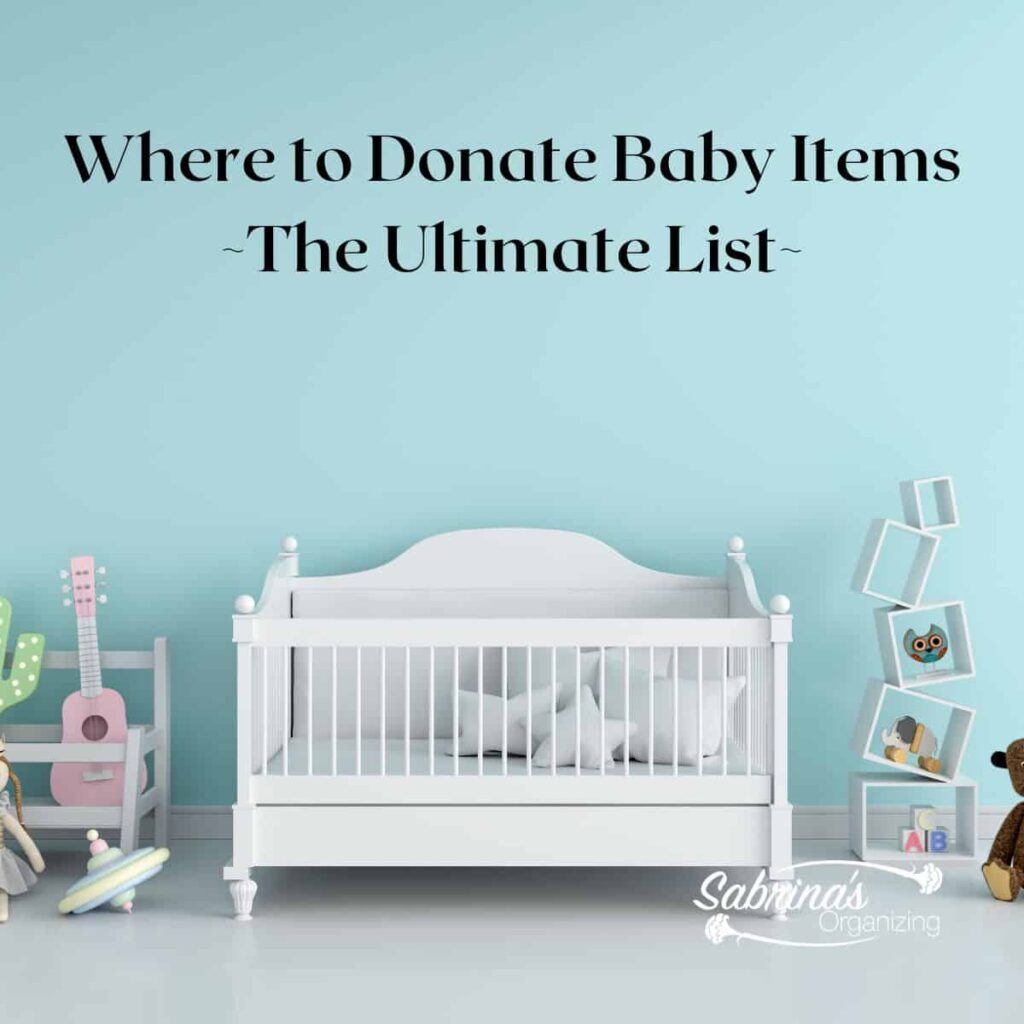
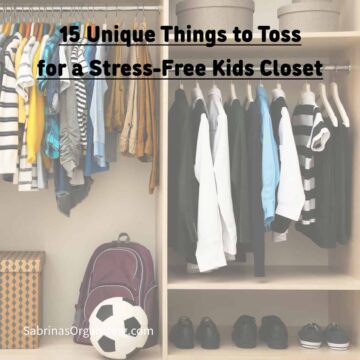
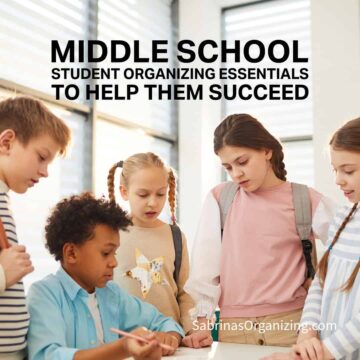
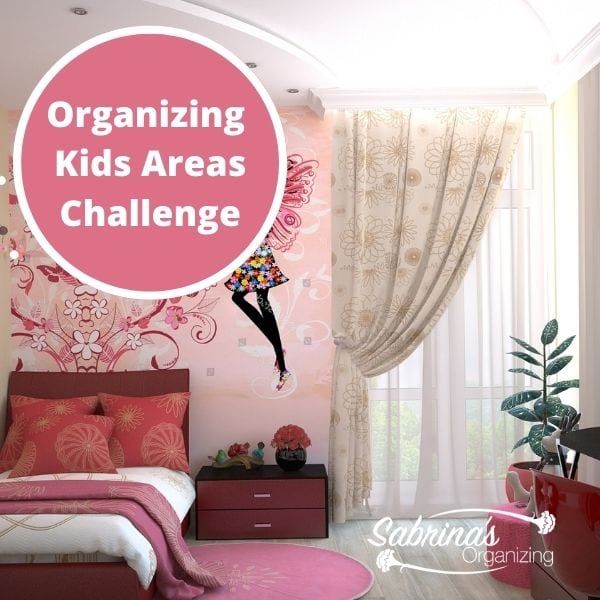
Elva Fonseca says
I loved this analogy. It makes organizing less intimidating when you think about it as a puzzle.
Lisa Tonjes Moritz says
Great analogy! I will now look at every puzzle as an organizing project.
Seana Turner says
Yes, this is a wonderful analogy. I have told clients this in so many words! This is one reason why we need to get all the "pieces" out before we start reloading. I don't want to think I've put the puzzle together, and then find out there are 10 more pieces I didn't know about:)
Janet Barclay says
This is one of my favorite posts that you've ever written! I've never thought of things in this way before.
Sabrina Quairoli says
Thanks, Janet.
Sheri Steed says
Love your analogy. It's so fitting and I think many people can relate to it.
Kim says
Great analogy! So many similarities when you think about it. My 88 year old parents always have a puzzle on the go as it helps to keep their minds busy. There are some great benefits to working on puzzles.
Julie Stobbe says
One of my first interviews I compared organizing to a puzzle too. i said all the pieces are there to make a beautiful picture. I enjoyed your comparison between making a puzzle and organizing
Hazel Thornton says
I do like the analogy. I also like to compare genealogy research to working a jigsaw puzzle: imagine that there are dozens of puzzles all mixed together (one for each nuclear family)… and many of the puzzle pieces are broken or missing… and there are extra pieces thrown in there from other people’s puzzles… and you don’t have any of the boxes with the pictures on them to guide you. Challenging… and yet, it is so rewarding when the pieces start to fit together, and the picture starts to take shape!
Sabrina Quairoli says
I agree with your analogy! I am a genealogy fan and take care of my side and my husband side of the family. It's so rewarding when you can figure out something with the information you collected. Thanks for stopping by to comment.